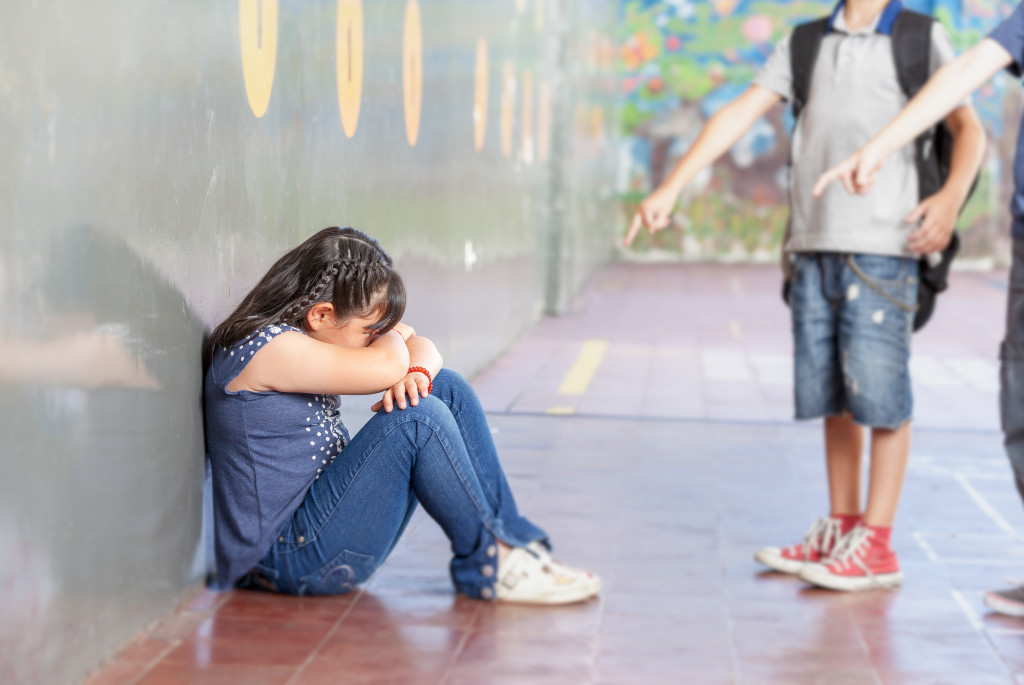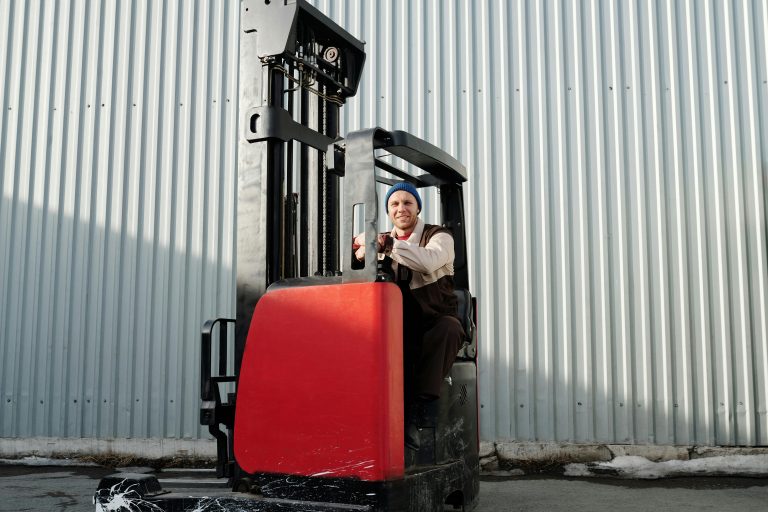- Children in the U.S. are often exposed to risks such as bullying, accidents, violence, and neglect.
- Bullying, unintentional injuries, and neglect are the leading causes of death among children.
- Parents and guardians must take precautions to keep their children safe and report any suspected cases of violence or neglect.
- To enhance child safety in the community, there must be more daycares, safer streets, and programs promoting solid parent-child relationships.
- Education is also essential to teach children about self-protection and how to respond to dangerous situations.
As a parent or guardian, the safety of your children is paramount. Unfortunately, despite your best efforts, child safety is not always guaranteed. In your community, some factors can compromise the security of children, including bullying, accidents, violence, and neglect. Here’s what you need to know about children in the country, how they are often unsafe, and how your community can improve their safety over time.
Children in the U.S.
The number of children in the U.S. is slowly growing. There are around 73 million children in the United States between ages 0-17. Of these, most are in communities that can be harsh and dangerous to them. Here are some reasons why:

Bullying
Bullying has become an increasingly prevalent issue in schools and online environments. According to the National Center for Education Statistics, 20% of students aged 12-18 have experienced bullying. Bullying can significantly negatively affect a child’s mental health, leading to anxiety, depression, and even suicidal tendencies. Therefore, parents and teachers must work together to prevent and address bullying in school and online environments.
Accidents
Accidents or unintentional injuries are the leading cause of death among children under 14. Accidents can occur at home, school, or while engaged in leisure activities. The most common accidents include falls, poisoning, burns, drowning, and sports injuries.
Therefore, parents and guardians should ensure that children are supervised while engaging in risky activities and take precautions such as installing safety gates, securing toxic substances, and wearing appropriate helmets and protective gear.
Violence
Children in your community might risk experiencing violence in their homes or neighborhoods. Child abuse is prevalent in our society and can devastate a child’s physical and emotional well-being.
Children who experience violence at home or school might exhibit behavioral problems and low self-esteem and be prone to violence and other delinquent behaviors. Therefore, reporting suspected violence cases and seeking help from authorities, social workers, or local organizations is essential.
Neglect
Neglect is another form of child abuse, characterized by the failure of a caregiver or parent to provide for a child’s basic needs, such as food, shelter, and medical care. Neglected children are at risk of severe physical and emotional health problems and might experience stunted growth, poor academic achievement, and problems in social relationships. Therefore, reporting neglect cases to the appropriate authorities, such as Child Protective Services or local law enforcement, is essential.

Crime
Lastly, children in your community might be exposed to violent crime. A child can become the victim of a crime, such as kidnapping or sexual abuse, or witness criminal activities in their neighborhood.
Parents and guardians should ensure that children are supervised appropriately and know what to do if they encounter a dangerous situation.
How Your Community Can Improve Child Safety
Your community can improve child safety by taking a proactive approach. Here are some ways you can help:
Child Services
It’s essential to have a place where parents can keep their children safe while they go out for work or other activities. One way to improve child safety in your community is to create more daycare centers that can offer activities such as music classes and outdoor play. Children are often safe here because of constant supervision. Additionally, they can interact with other children in the neighborhood, forming bonds to protect against bullying and neglect.
Safer Streets
Making your streets safer means taking measures to reduce traffic accidents and installing streetlights and public surveillance cameras. This will help deter criminal activity in your neighborhood and make it safer for children to walk or play outdoors.
Community Programs
Your community should also have programs that are dedicated to promoting child safety. Examples include workshops for parents and guardians on protecting their children from bullying, violence, neglect, or other risks. Additionally, there should be workshops for children about strangers and crime prevention strategies such as self-defense. Finally, it’s important to create programs that foster strong relationships between parents and children to meet their children’s basic needs.
Education
Educating children about safety can be a major step toward protecting them. Parents must ensure their children know what to do in an unsafe situation, such as calling 911 or telling a trusted adult. Additionally, children should be taught to protect themselves from online threats such as cyberbullying and grooming.
Child safety is an essential issue that must not be taken lightly. Parents and guardians must ensure their children are safe in their homes, schools, and communities. Working with local authorities, social workers, and organizations can help create a safer environment for children in your community. With these steps, you can ensure that your children are safe and not at risk of harm.





